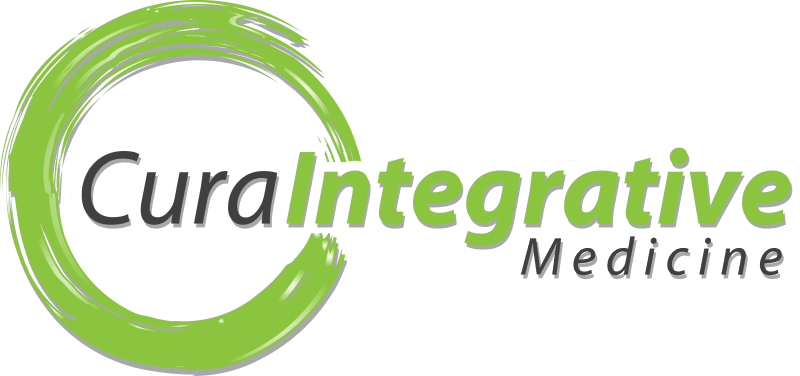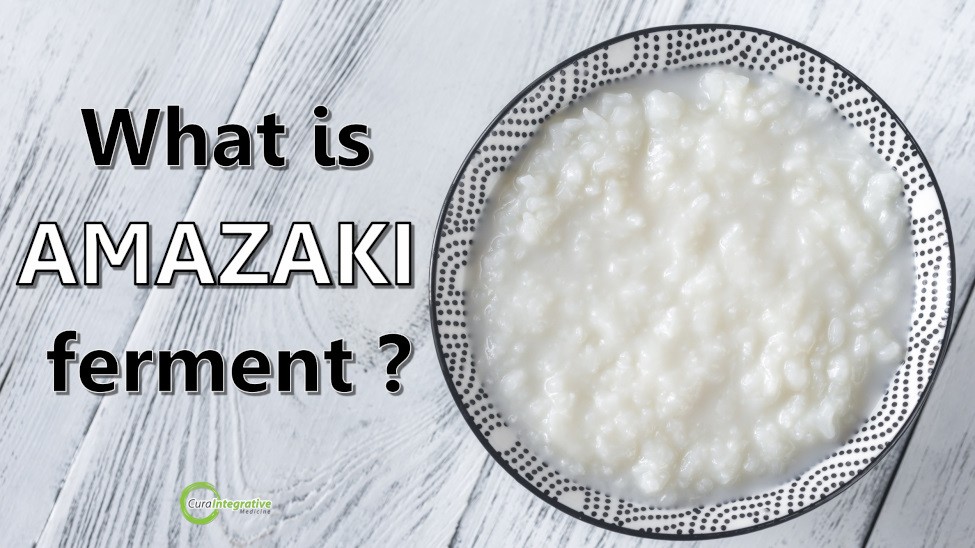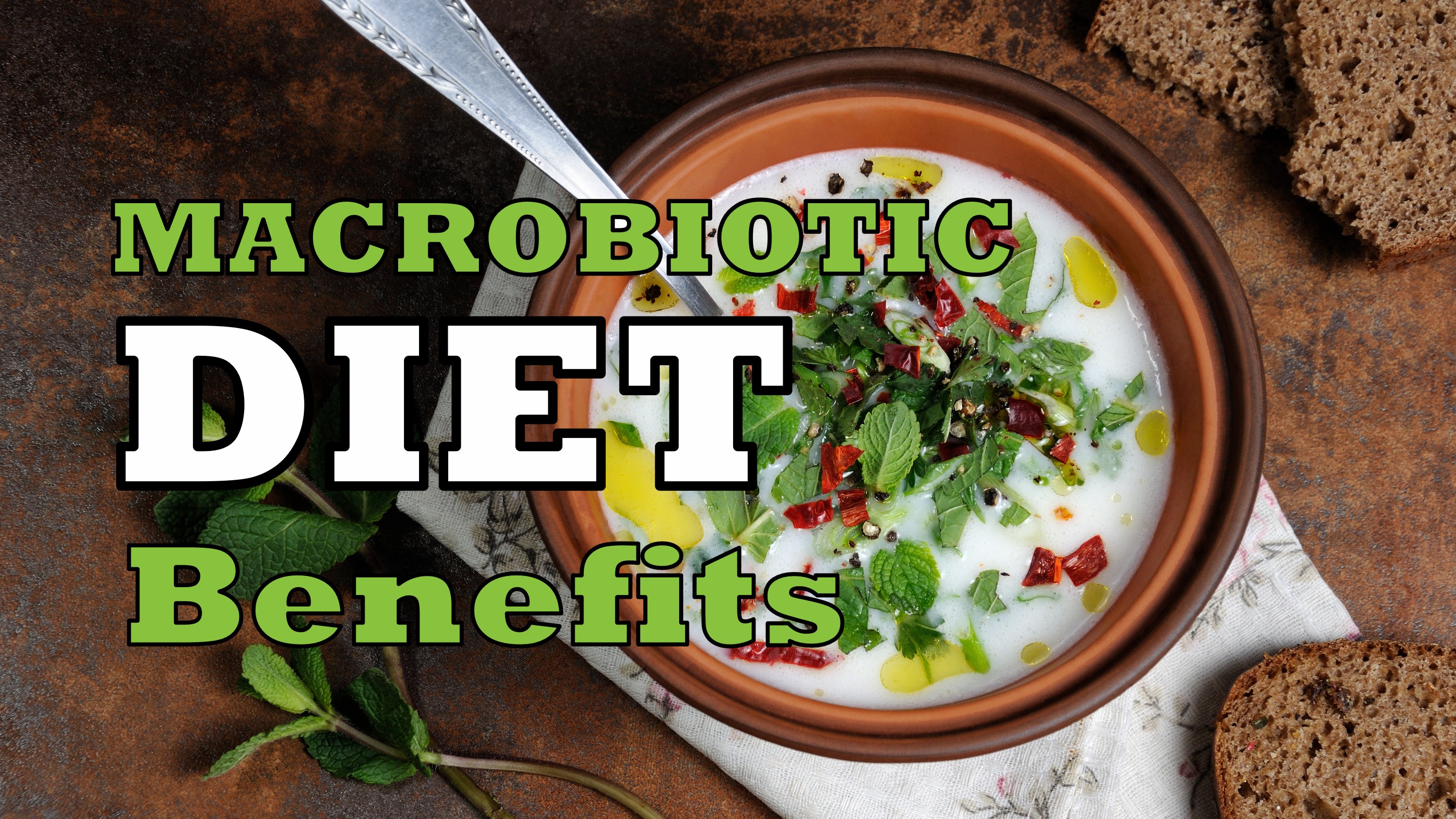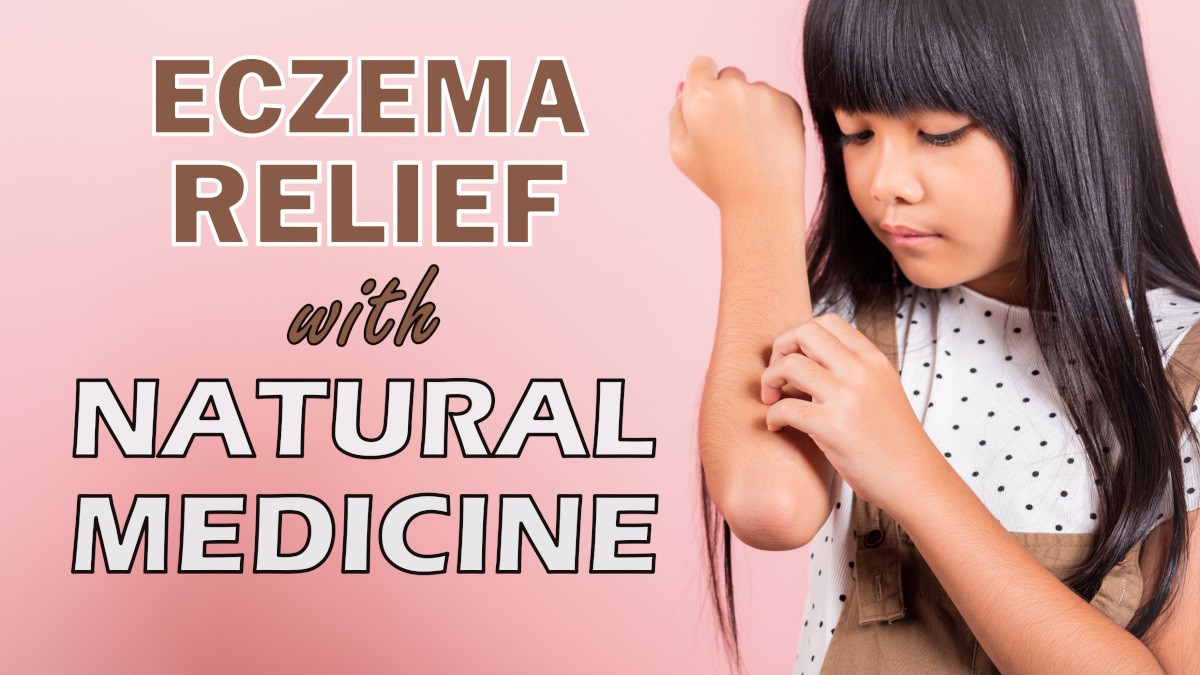Koji is a less known superfood found in a variety of macrobiotic foods. Containing Aspergillus oryzae, koji is used to make foods such as miso, amazaki and tamari. Read More…
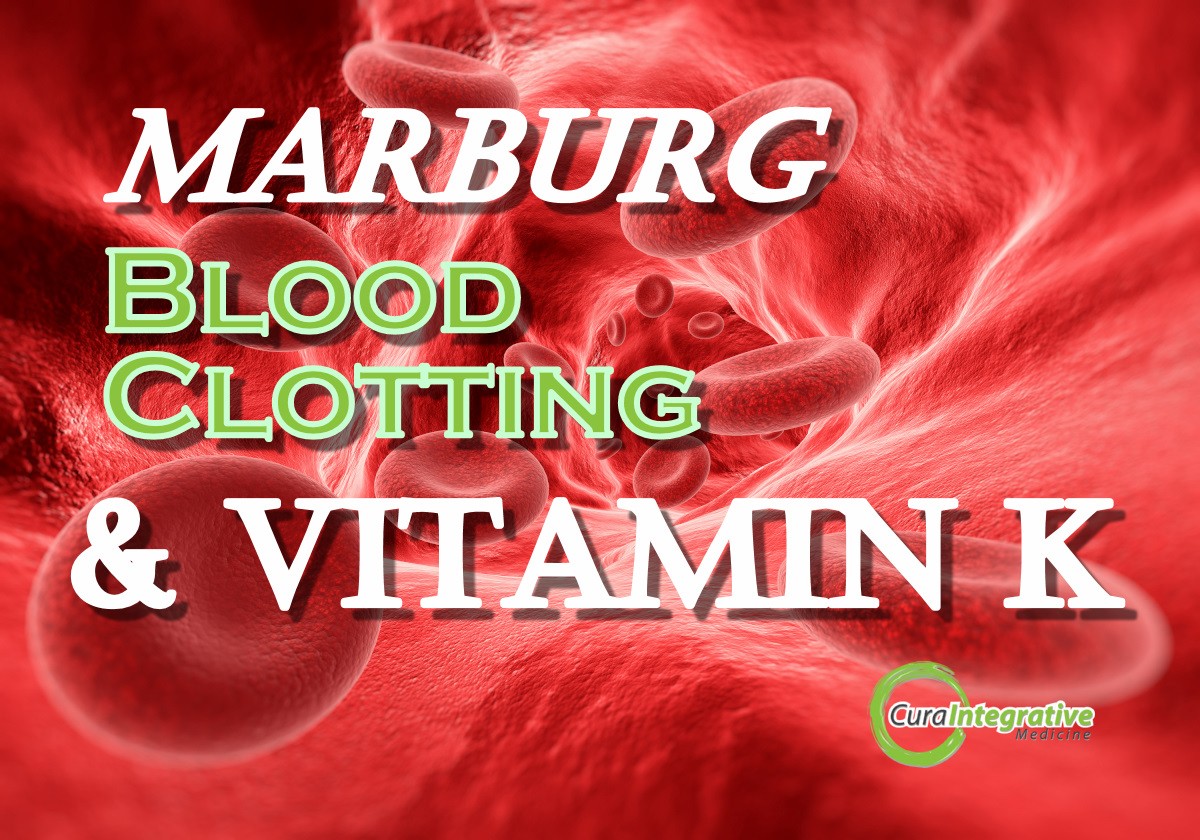
Clot Control: Marburg Disease and Vitamin K Insights
Posted 14 Aug '23
Symptoms caused by Marburg virus begins like many viral infections with a high fever, headaches and severe fatigue. Muscle aches
and pains are also common with infection.
Several days later, symptoms progress into severe digestive symptoms such as watery diarrhoea, stomach pain, nausea and vomiting.
These digestive symptoms can continue for a week which results in further fatigue and potential dehydration. A non-itchy rash can appear
during this period.
In the first week patients may develop bleeding episodes from mucous membranes in the nose, mouth, lungs, eyes or other similar body tissue. Patients also suffer from reduced clotting ability at venepucture site such as the blood collection site on a patient's arm which has been taken for pathology testing.
Marburg Symptoms and Clotting Factors
If Marburg virus results in patients bleeding excessively without clotting, we can safely say that the disease event is altering clotting factors. So which stage could potentially be involved in devastating errors in the process?
We will discuss more below but one important to clotting blood is Vitamin K and a healthy microbiome to produce optimal levels of vitamin K.
Changes in Clotting Factors
Our bodies use clotting factors to prevent excessive bleeding and control loss of blood to prevent death. There are a total of 13 clotting
factors and are described by roman numerals I through to XIII. There are other factors involved although these are the main factors.
Clotting factors are used in the body and is the most essential components of hemostasis balance in the body.
Clotting factors are responsible for two main stages of clotting control. Firstly, primary hemostasis results in the formation of a soft platelet plug which involves vasoconstriction, platelet adhesion, platelet activation, and platelet aggregation.
Next the secondary hemostasis is primarily defined as the formation of fibrinogen into fibrin, which ultimately evolves the soft platelet plug into a hard, insoluble fibrin clot.
Clotting in the body can occur either internally or externally which is referred to as intrinsic or extrinsic. Intrinsic pathways
respond to vascular endothelium damage whereas extrinsic responds to external trauma.
These two pathways require different clotting factor numbers (from the factors I to XII) to initiate the clotting cascade.
Once the clotting cascade is started in either intrinsic or extrinsic coagulation, they both then follow into a pathway called the
common pathway.
| Intrinsic Factors | Extrinsic Factors | Common Pathways |
|
XII, VIII, IX and XI (IV calcium ion) |
III and VII (IV calcium ion) |
I, II, V, X and XIII (IV calcium ion) |
Vitamin K and Blood Clotting
Vitamin K is essential in the biochemical pathways for clotting factors II, VII, IX, X as well as protein C, and S.
The effects of vitamin K deficiency can be observed in both the extrinsic and intrinsic pathways and directly measured via Prothrombin time (PT) and partial Thromboplastin Time (PTT), which will be prolonged.
Deficiency in Vitamin K is normally due to poor diet, pancreatic insufficiency, liver disease, microbiome flora imbalances, newborn
babies, or pharmaceutical use such as warfarin therapy.
Foods High in Vitamin K
Vitamin K is made in our digestive system by beneficial bacteria in the microbiome or by fermentation in fermented foods.
Some plant foods that contain Vitamin K are *-
- broccoli (220 ug)
- spinach (889 ug)
- Brussels sprouts (218 ug)
- Kale (1062 ug)
*per cup of cooked vegetables
Animal products that contain Vitamin K include #-
- chicken (60 ug)
- pork (75 ug)
- hard cheeses (76 ug)
- soft cheese (57 ug)
- and egg (32 ug)
#per 100 grams
Types of Vitamin K
Vitamin K is a fat soluble vitamin and was first discovered in the 1920s when farm animals which had a restricted diet had excessive bleeding.
There are two main types of Vitamin K and are given the identifier of K1 or K2. Vitamin K1 is also known as phylloquinone and comes predominantly from plant sources. Vitamin K2 however is derived from animal products or fermented food.
Vitamin K2 can be broken into several subtypes depending upon the number of chains in the molecule. MK-4, for example, is only available direct from animal products such as eggs or butter. MK-5 through to MK-15 are produced from bacteria in the microbiome or fermented food.
In general Vitamin K1 is not absorbed as well as Vitamin K2. Furthermore since vitamin K is a fat soluble vitamin, absorption is increased when consumed with dietary fat.
Need an expert to guide you with your optimal nutrition plan?
Get in touch and take control of your health and wellness now.
